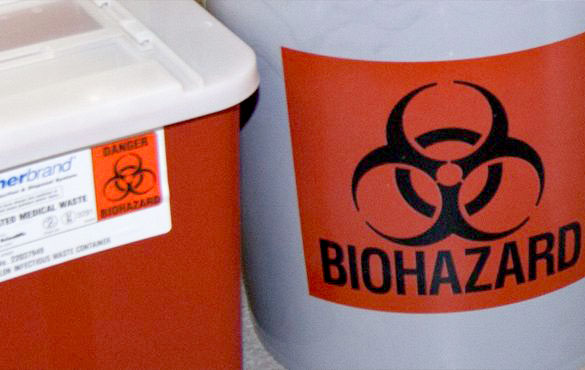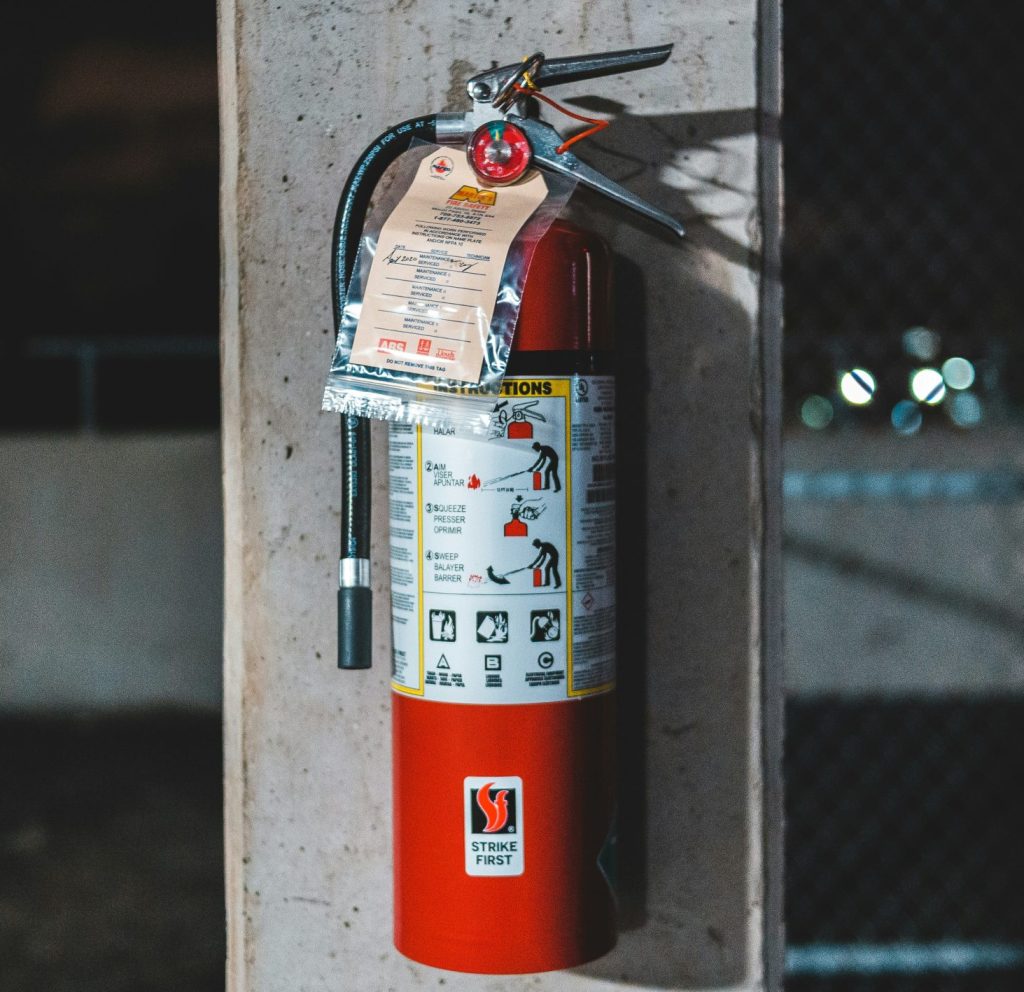Storage, Use, & Monitoring
Use of procedures and engineering controls when storing and handling radioactive material enables individuals to remain within the allowable annual maximum dose level (5 rem) established by the Nuclear Regulatory Commission (NRC). While the NRC has established maximum allowable dose limits, they also have a requirement to achieve occupational doses (internal & external) that are as low as reasonable achievable (ALARA).
Laboratory personnel must:
- Maintain a current inventory of all radionuclides and make it available for RSS review
- Secure the following radioactive materials from unauthorized use or removal in a locked storage area, laboratory space, or both when left unattended:
- Stock solutions of radioactive material
- Sealed/plated sources
- Radioactive waste
- Clearly identify designated radioactive material work and storage areas
- Label all equipment or containers used for radioactive material work with radioactive material warning tape
NOTES:
- These items must never be stored in an unrestricted and/or non-posted area or facility
- Refrigerators and freezers used to store radionuclides must be clearly labeled with specific labels provided by RSS
- Radioactive material samples, stock vials, sealed and plated sources must be labeled with sufficient radiological information to identify the radionuclide, activity of the radionuclide, and the date the activity is measured.
Proper Use
Use appropriate shielding when working with gamma, neutron, and high-energy beta emitting radionuclides:
| TYPE OF EMITTER | SHIELDING MATERIAL | EXAMPLE |
|
Low-density |
|
|
High-density |
|
|
Hydrogenous material |
|
When handling unsealed radioactive material or contaminated objects laboratory personnel must wear the following personal protective equipment:
- Laboratory coat
- Disposable gloves
- Eye protection
- Other RSS designated safety apparel
Working with Volatile Radionuclides
When working with volatile radionuclides, perform all activities in an EHS certified fume hood (average face velocity of 100 fpm at the working sash height).
WARNING: Only non-volatile or low-activity (< 500 uCi) radionuclide work may be performed in biological safety cabinets, which exhaust back into a laboratory room. Never use product protection only hoods (Laminar Flow Hoods) for work with radioactive materials.
Working with Radioiodines
Radioiodinations must be performed in an exhaust hood specifically approved for radioiodination by RSS and using an approved closed system procedure. In addition, each individual iodinator must have his/her first hot run observed and approved by an RSS health physicist. For more information, refer to the U-M Iodination Safety Protocol brochure.
Working with Animals
Refer to the SOP for Use of Radioactive Material in Animals.
Proper Monitoring
Laboratory personnel handling radioactive material must:
- Perform routine contamination surveys when working with unsealed forms (liquids or powders) of radioactive materials using one of the following survey procedures:
- Document the results of the contamination surveys and have the documentation available for RSS laboratory reviews or NRC inspections
- Check radiation survey meters, used to detect radioactive contamination or to verify shielding effectiveness, for consistency on a regular basis using a small radioactive check source – NOTE: Survey meters used to measure radiation exposure rates must be calibrated at least annually to a known radiation field.
- Wear appropriate radiation-monitoring dosimeters when working with:
- Specified activities of gamma, neutron, high-energy beta emitting radionuclides
- X-ray producing devices
- Maintain personal radiation exposures as low as is reasonably achievable (ALARA)





